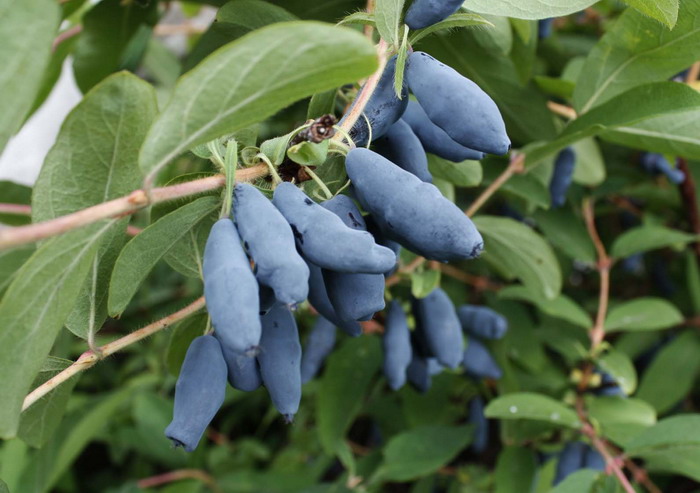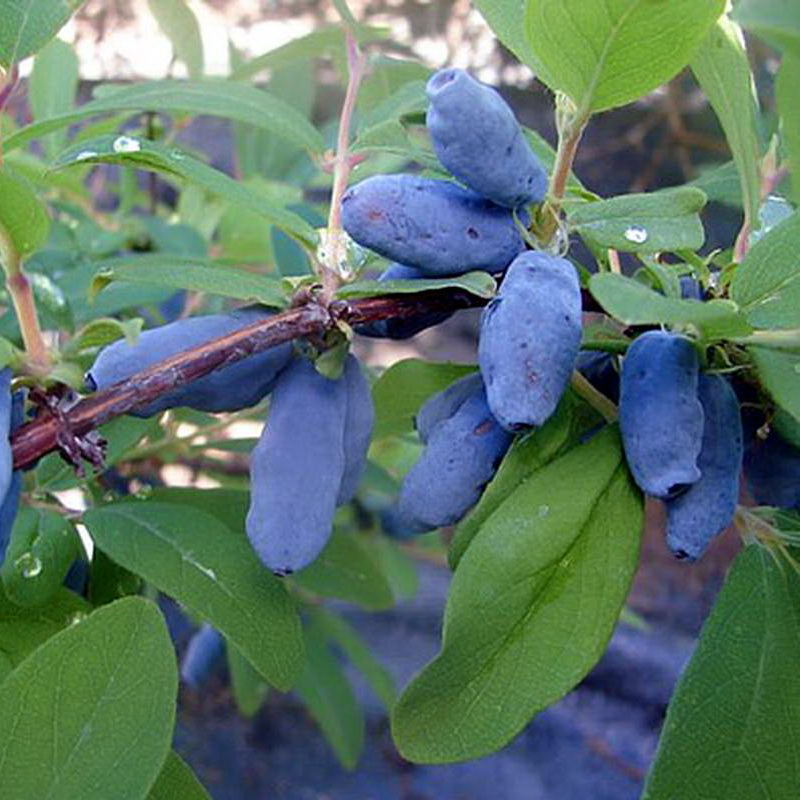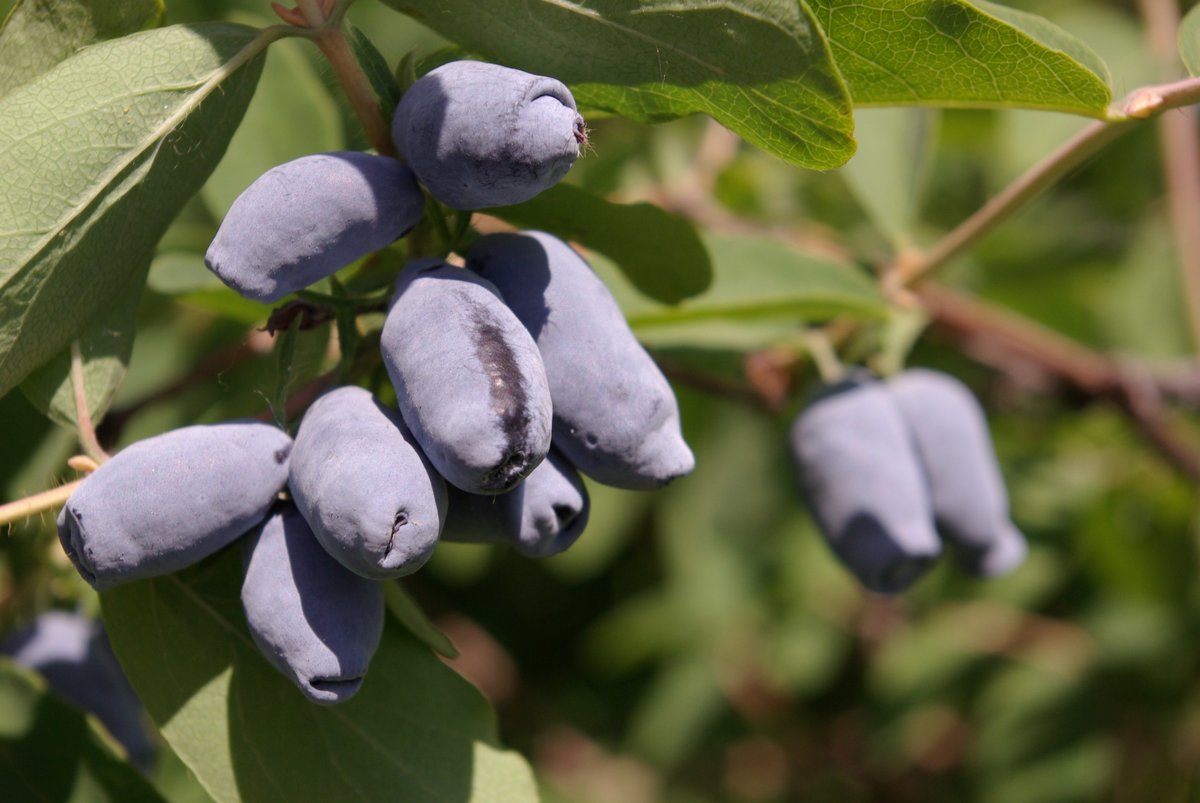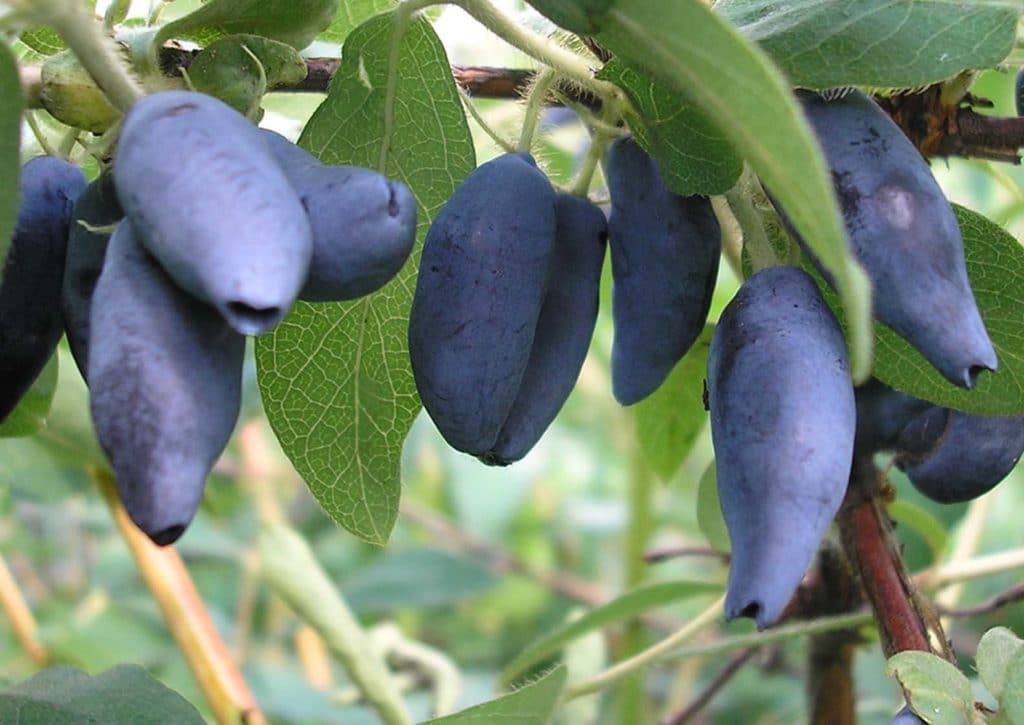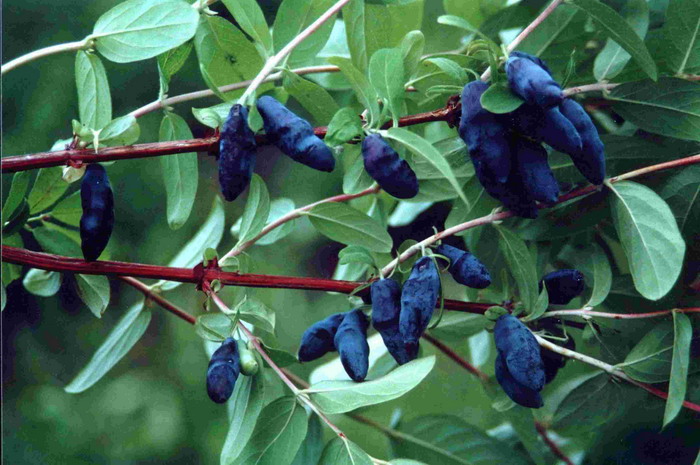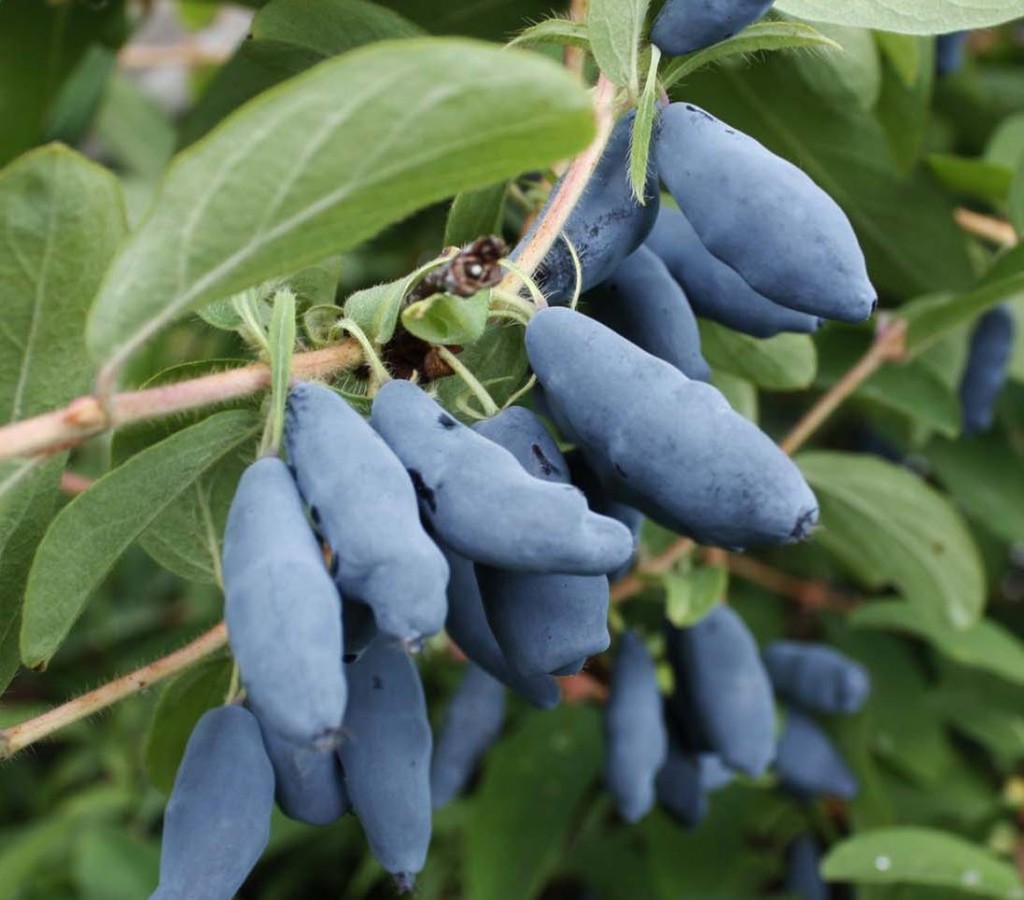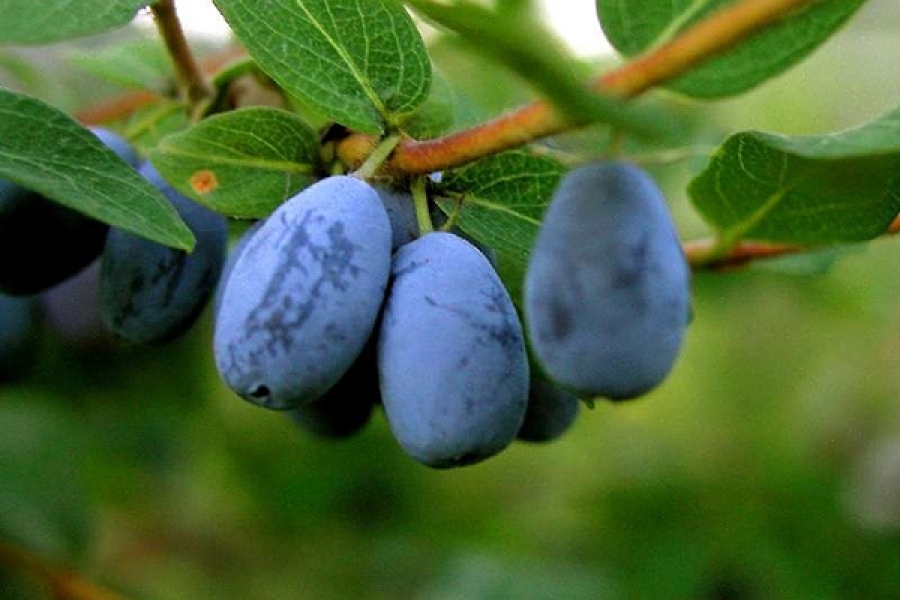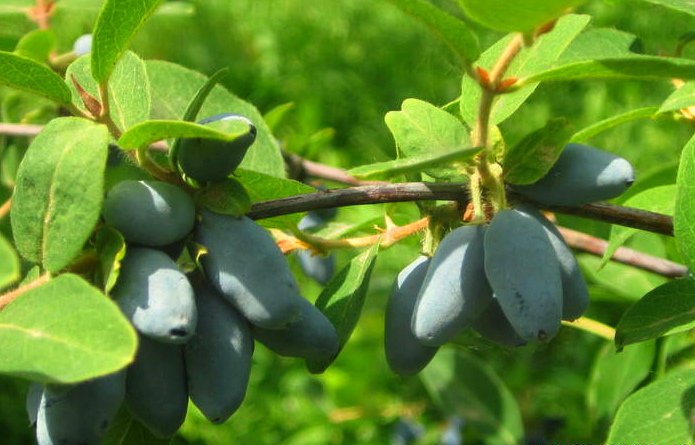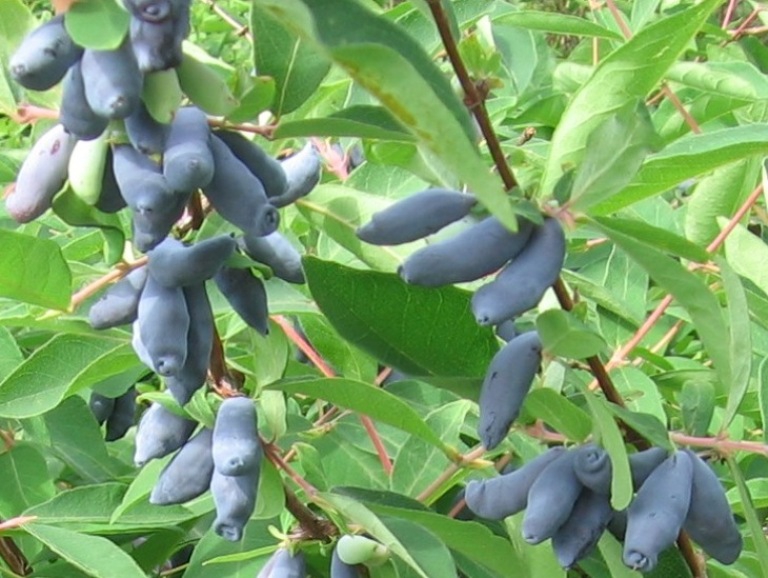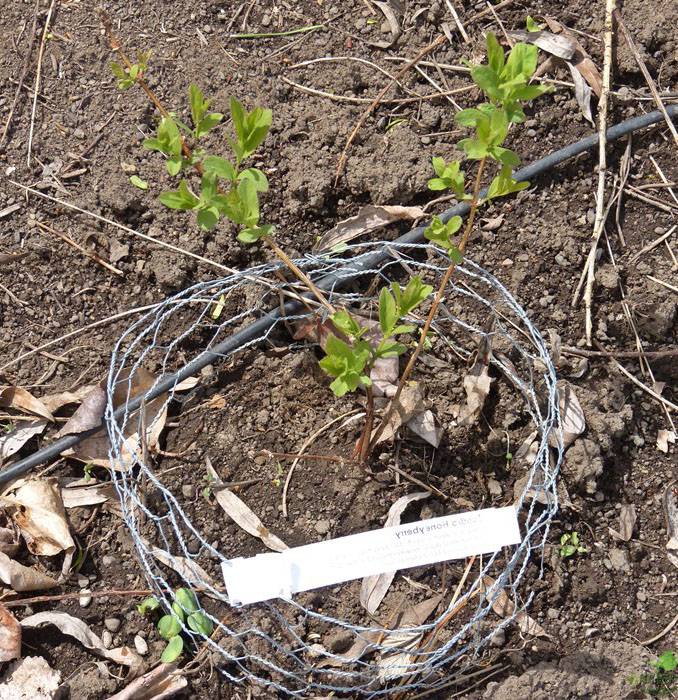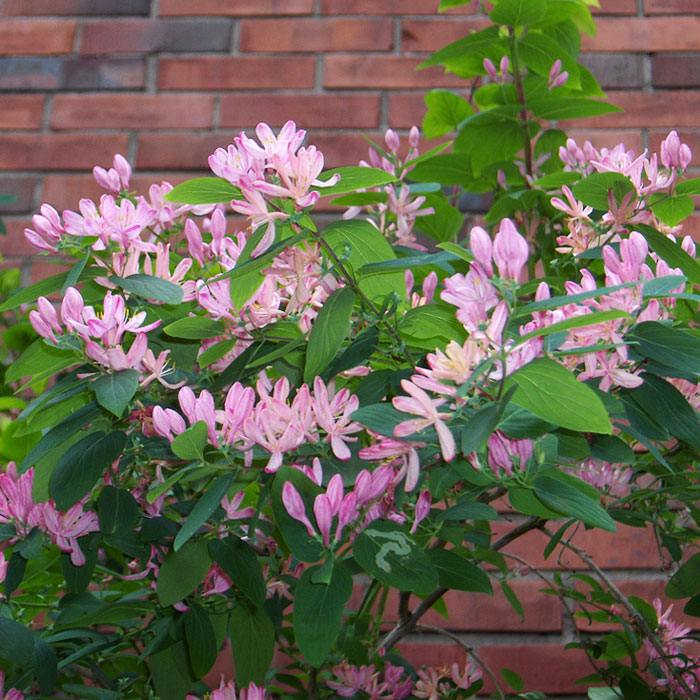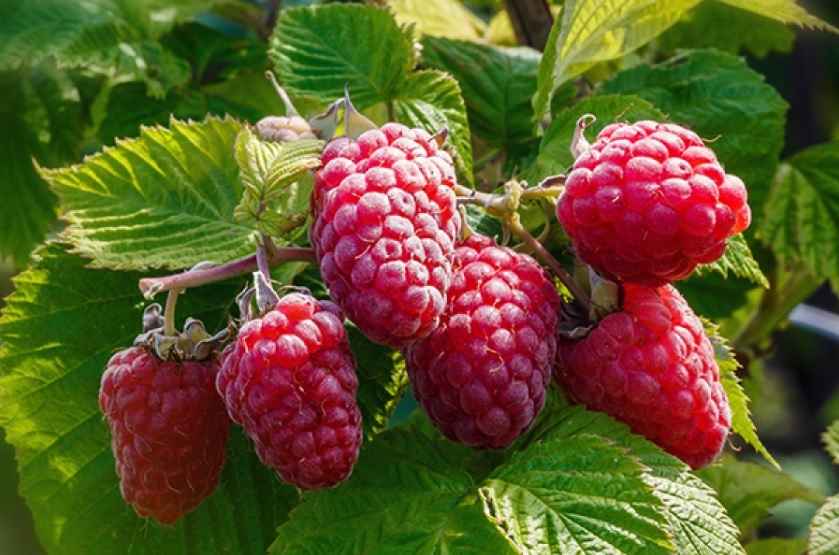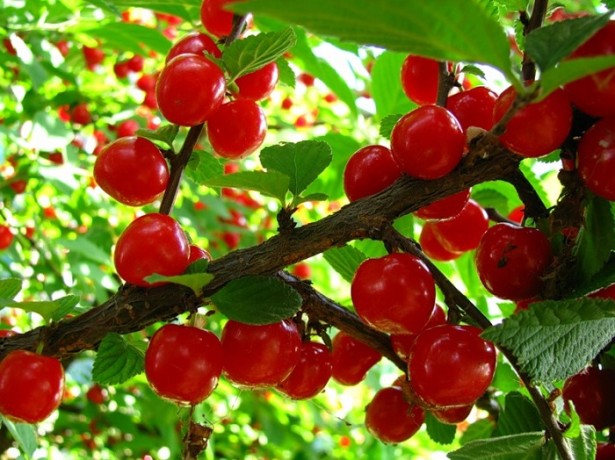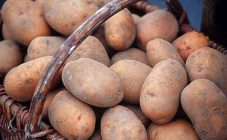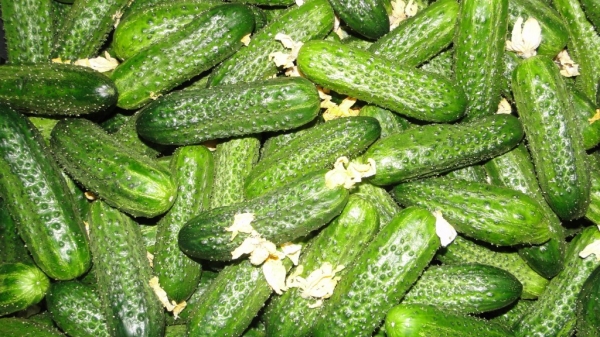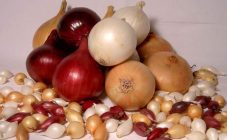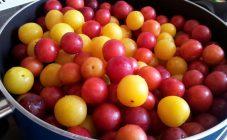Content:
Honeysuckle is a perennial shrub on which juicy fruits ripen. The plant is of two types. One of them is an edible garden one. The second is poisonous wild. Wild bush is also called wolfberry. It is easy to recognize it - by the spherical fruits. They are red, black, or orange. You cannot eat them. Another thing is garden honeysuckle. It is a very healthy dark blue berry. Its bizarre elongated shape vaguely resembles a plum.
Planting honeysuckle in your garden is easy. It can grow without problems in regions with a cold climate. Breeders have developed different varieties of crops for cultivation in Siberia. The berry ripens in summer one of the first. The tasty fruits contain a huge amount of nutrients, trace elements, vitamins. Berries are used fresh, they are used to make jams and preserves. The plant blooms very beautifully. The scent of flowers is delicious. The culture is grown as a garden decoration.
Important! Who grows honeysuckle does not suffer from hypertension. Berries lower blood pressure, relieve headaches, clean blood vessels.
Honeysuckle varieties for cultivation in Siberia
Siberian honeysuckle is frost-resistant. She will not be afraid of the low air temperature when the thermometer shows -40 ... -50 degrees. The berry culture can withstand temperature extremes and winds. The short summer is suitable for the shrub due to its early maturity. The berries are harvested in June or early July.
The best varieties of honeysuckle for Siberia are sweet:
- Volkhova;
- Kingfisher;
- Laura;
- Azure;
- Nymph;
- My joy;
- Blue bird;
- Siberian.
The varieties of culture selected especially for Siberia have sweet-tasting fruits. They lack the bitterness that is characteristic of many garden honeysuckle varieties.
Brief description of varieties
Volkhova
The variety is mid-season. Harvested roughly from June 15 to 25. From one bush, you can get from 2 to 3.5 kg of berries. One fruit weighs about 0.5-0.8 grams. Its length is 1.5 cm. The fruits are sweet, aromatic. There is a strawberry flavor. The shape of dark blue berries is oval, the tip is slightly flattened. The berries do not fall. Delicious preparations are obtained from the fruits, they are consumed fresh. Volkhov's variety is self-infertile. In order for the plant to bear fruit, there must be another variety of honeysuckle on the site, or even several. Ideal neighbors for this shrub are varieties of Memory Gidzyuk, Azure, Nymph.
Kingfisher
Late-ripening variety. The bush is vigorous, reaching a height of under 2 meters. It is planted for harvest as a hedge. Large berries - 1 gr. They grow up to 2-3 cm. The shape is pear-shaped, there are tubercles. The variety is sweet, dessert. There is no pronounced aroma. It is often used fresh. The harvest is good. 2.5-4 kg are collected from the bush. The peculiarity of the Kingfisher is that its fruits are rich in nutrients to the maximum.
Laura
Mid-early Siberian variety. The shrub is low, the average height is 1.3-1.5 m. The fruits are slightly more than one centimeter in length. Weight - 0.7-0.9 gr. The shape is elongated, the tip is pointed. The color is bluish with a bloom. The pulp is sweet, the skin is thin, elastic. The yield is high. For the season, the shrub gives an average of 3 kg.
Azure
A mid-season, high-yielding variety of honeysuckle. Ripe berries are harvested in mid-June. The bush is large, tends to grow in width.The shape of the fruit is conical, pointed, tuberosity is present. The peculiarity of the variety is its pleasant blueberry aroma. The berries are sweet, with a slight sour note. The application is universal: delicious wine, jelly, desserts are made from berries, consumed fresh.
Additional Information. Siberian honeysuckle is a long-term plant. It can bear fruit annually for three decades. At the same time, no special costs for the development of the shrub are required from the gardener.
Nymph
This variety is one of the most piquant in taste characteristics. The taste is sweet, with a slightly noticeable astringency. The pulp is fibrous, juicy. Berries ripen on tall shrubs in late June and early July. They resemble a spindle in shape; there are tubercles. The fruits are large - 2 cm. Their weight is about 2 grams. Every year 2-3 kg of fruits are harvested from the bush. The peculiarity of the Nymph variety is that even slightly overripe berries do not fall off. This simplifies the task of harvesting for summer residents.
My joy
The variety ripens at the end of June, it is medium late. The shrub is not tall, neat. Fruits in the form of barrels, blue-blue with a bloom. The rind is firm and soft. The berries are not large by weight. The weight of one reaches 0.7 grams. They are 1 cm long. The yield is good: the bush gives from 2.5 to 3 kg of juicy fruits. The taste is sweet, bitterness is completely absent. You can eat it fresh. A delicious dessert called marshmallow is prepared from the fruits.
Blue bird
Early grade. The first ripe berries are harvested in July. The taste is very pleasant. There is sweetness in them, there is a slight sourness, which is much less than in ordinary sweet and sour varieties of honeysuckle. A characteristic feature of the Blue Bird is that after ripening the berries are massively crumbled. On the ground, they retain their taste characteristics and presentation. Experienced gardeners, before ripening the berries, spread a cloth under the bush, with which it will then be convenient to collect fallen fruits. On the bush, up to 3 kg of violet-blue oval-shaped fruits ripen per season.
Siberian
This is another honeysuckle for Siberia. A variety of sweet honeysuckle with early maturing. Fruits are elongated, drop-shaped, curved, covered with tubercles. The color is dark cornflower blue, in places reddish. Maturation is amicable. Harvested in one go. The shrub is low - from 1.3 to 1.7 m. Every year the plant can get prettier, and its yield increases. In the first year of fruiting, the shrub produces 0.5 kg of fruit. After a few years, you can collect 2-3 kg. In 10 years Sibiryachka will give birth to 3.5 kg. The crop gives the maximum yield (4.5 kg) 14 years after planting. The variety is self-fertile. Suitable for preparing blanks for the winter, eating fresh, adding to dishes.
Landing
The most optimal time for planting berry bushes is autumn. In winter, honeysuckle will be able to calmly rest and take root in a new place. When choosing seedlings, preference is given to honeysuckle, the varieties of which are intended for Siberia. The best age for seedlings is 3 years. Plants should be healthy, free from damage, with not too long thin branches.
Preparation for planting honeysuckle consists in choosing a good place, working with the soil. Siberian honeysuckle should grow in a sunny bed, the distance between shrubs is 2 meters.
Important! The seedling pit is prepared several months before planting or in the spring. It is fertilized with ash, potassium sulfate, humus, double superphosphate. Dig up 2-3 times, remove weeds.
Tentative planting takes place in September. The seedling must also be prepared for placement in the soil. To do this, its roots are straightened, covered with earth. The seedling is placed in the pit so that the lower branches are 5 cm above the ground. Fertilizing the bush during planting is not recommended. The land is well spilled, mulched with sawdust or peat.
Reproduction
Honeysuckle reproduces by cuttings and seeds. Growing a bush from seeds is the easiest way.It is rarely used. Most often, the culture in Siberia is propagated by cuttings. It is believed that the varietal species of the plant is the most prepared for this procedure. In June, shoots are cut from the bush. The length of each is 15-20 cm. Almost all leaves are removed. You can leave 1-2 leaves on the very top. The cuttings are soaked for 12 hours in water with the addition of a growth stimulant. Further, the twigs are planted in a greenhouse. The soil is prepared in advance. It should contain drainage, peat, river sand, humus. River sand additionally covers the soil surface. The distance between the cuttings is 5-10 cm. The cuttings need care. Every day they are sprayed with water several times. After 2 years, small bushes are transplanted into beds with nutritious soil. After another season, they are ready to be in a permanent place.
Growing and care
Honeysuckle bushes in a permanent place are abundantly watered, weeded, fed, pruned. Watering is carried out several times a week or more often. The crop bears better if the soil at the roots is moist. After watering, the soil is loosened, weeds are removed. The owner of the site needs to pay special attention to weeding, since the roots of the bush are shallow, the weed deprives them of nutrition. In July, the plant begins to hibernate; from this time, watering can be canceled or rarely carried out.
Top dressing is carried out in the same sequence as for other berry bushes. For this, a solution of nitroammofoska, complex mixtures are suitable.
Note! The first pruning of honeysuckle takes place 6-7 years after planting. The procedure is performed before winter. The next rejuvenation of the bush should be done in 5-6 years.
A varietal honeysuckle shrub is able to survive the harsh winter when the temperature drops to -50. However, he still needs pre-winter preparation. To do this, the plant needs to be fed, and when it snows, throw it well.
It is no coincidence that honeysuckle has recently become an increasingly popular culture. It is not difficult to grow it. Beautiful bushes in May will delight the owner of the site with delightful flowers with a pleasant aroma. In June, juicy tasty fruits will ripen on the plant. Blue-blue honeysuckle berries ripen before strawberries and other berry crops.
